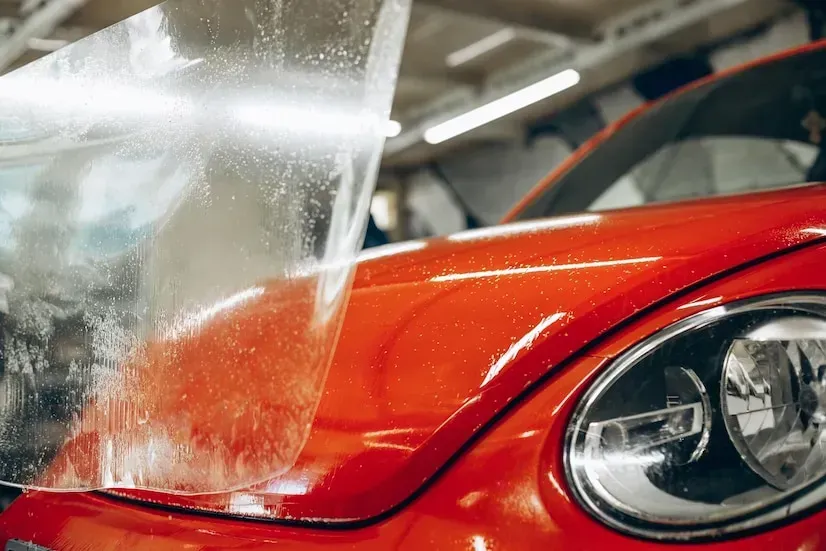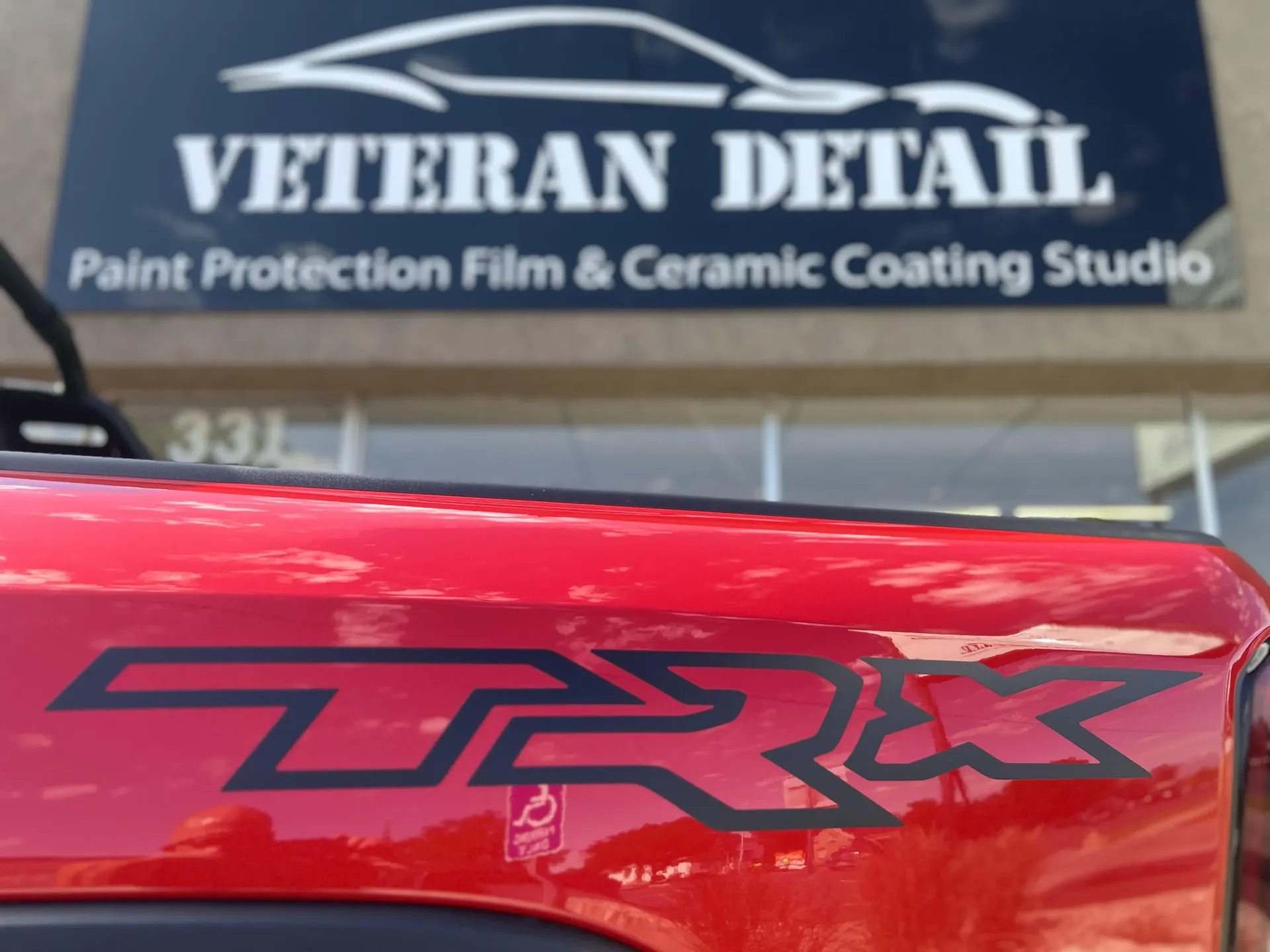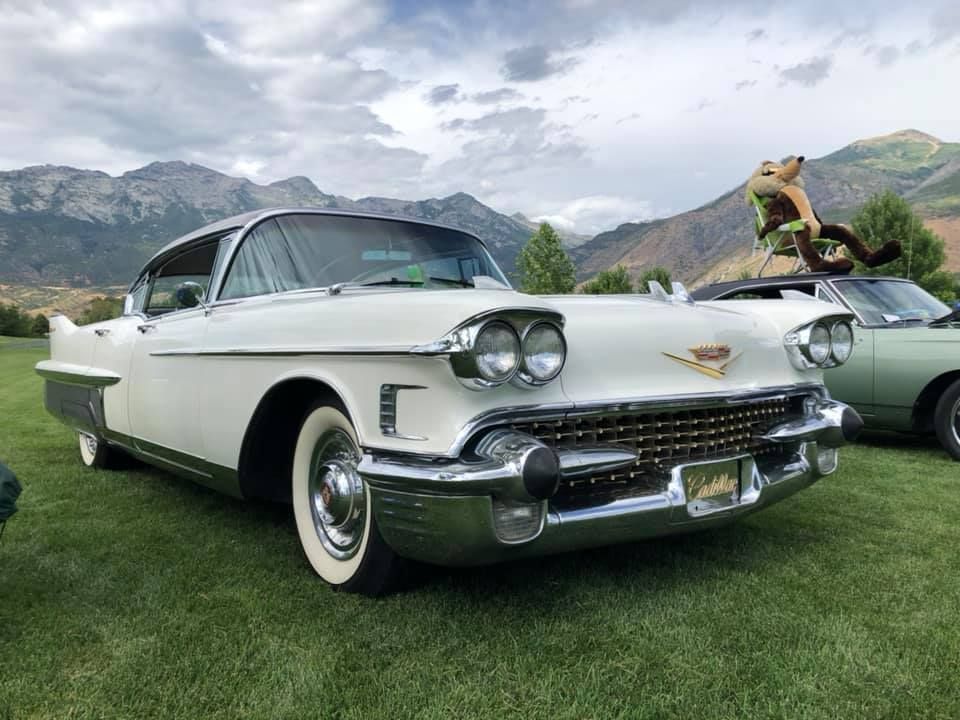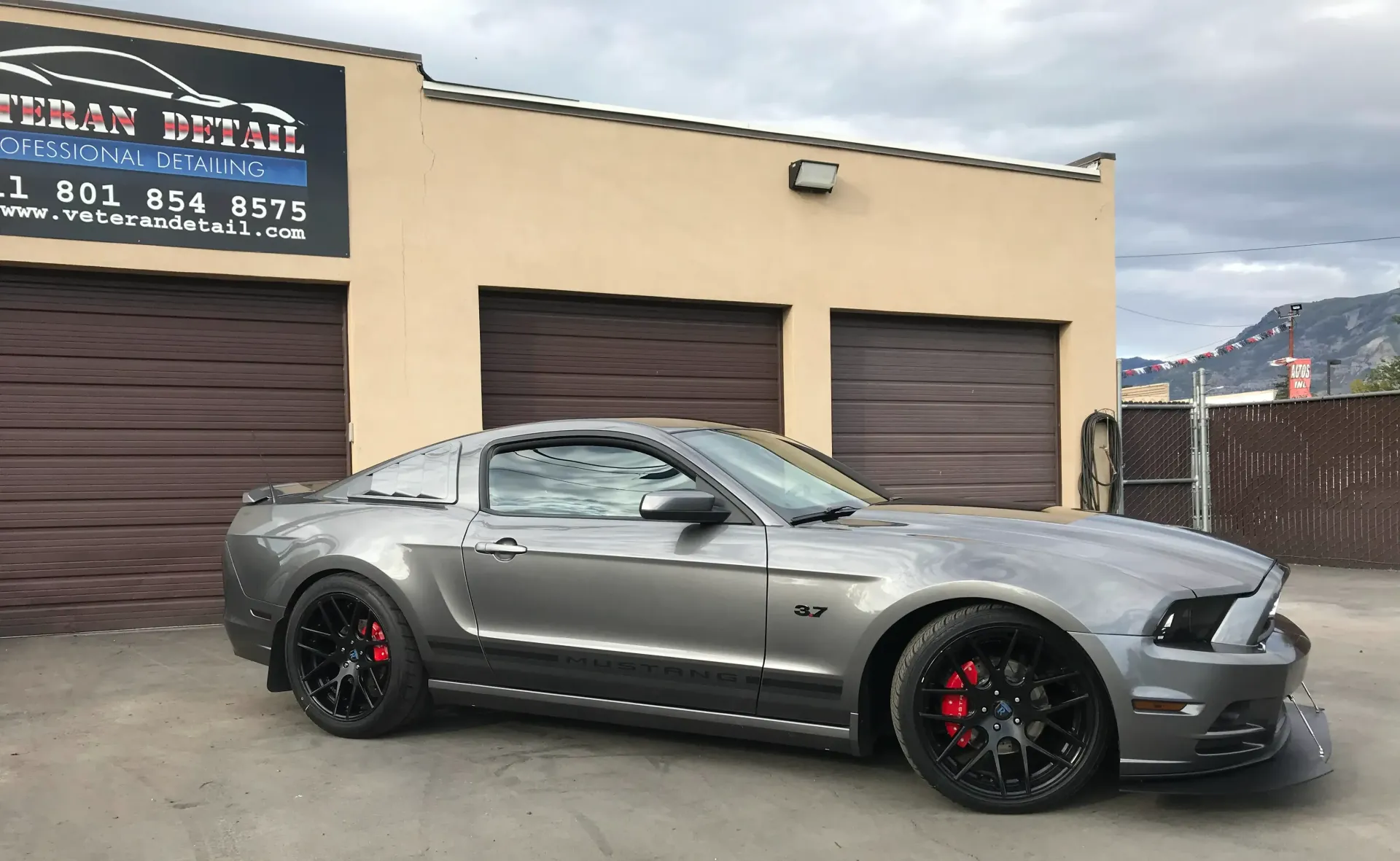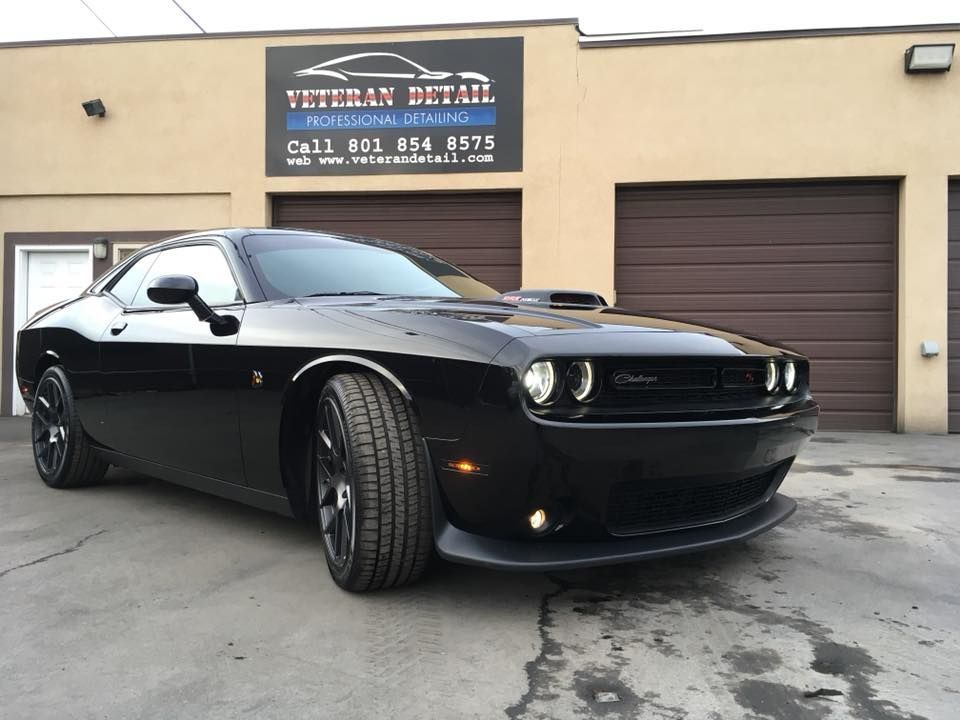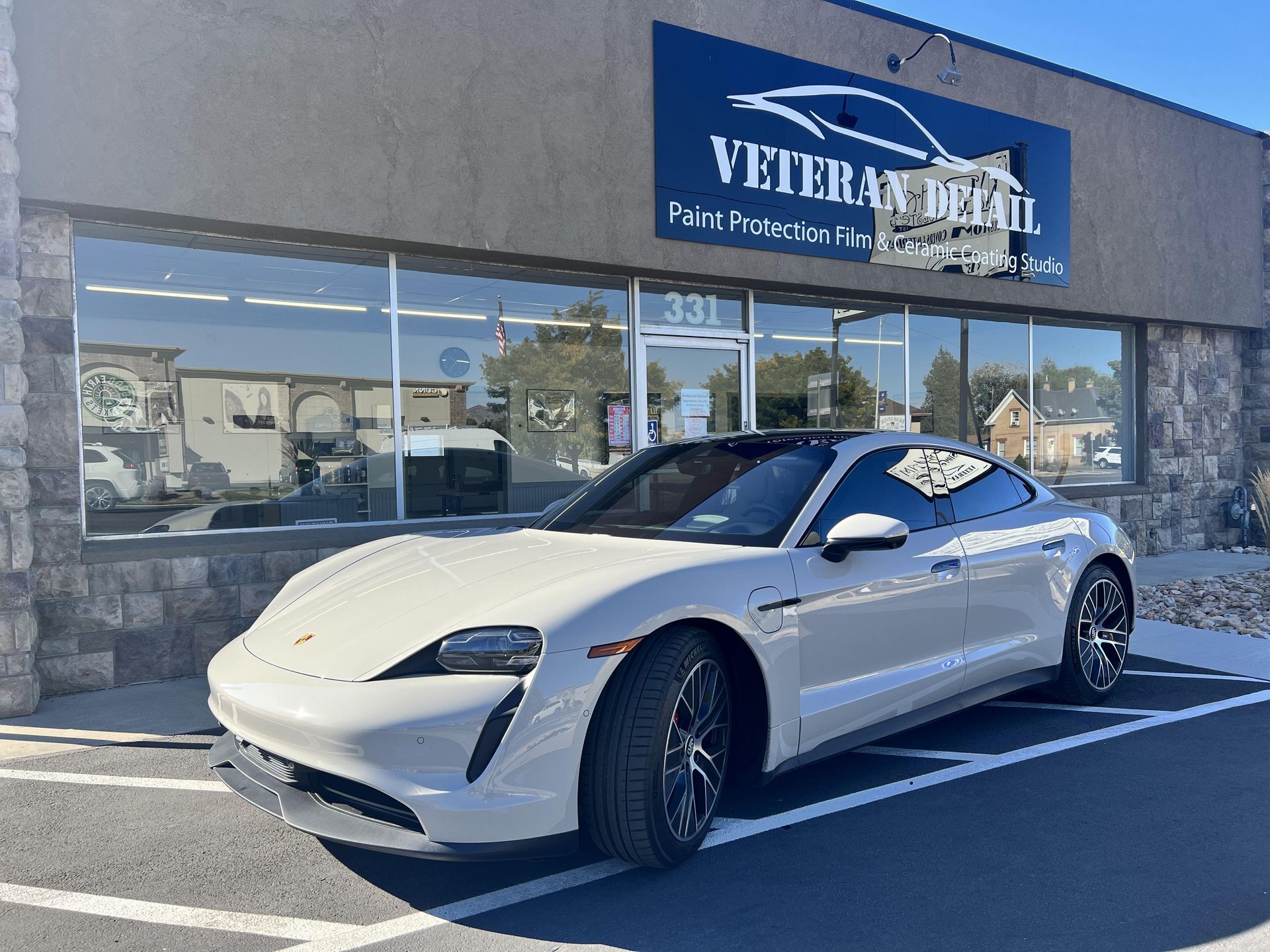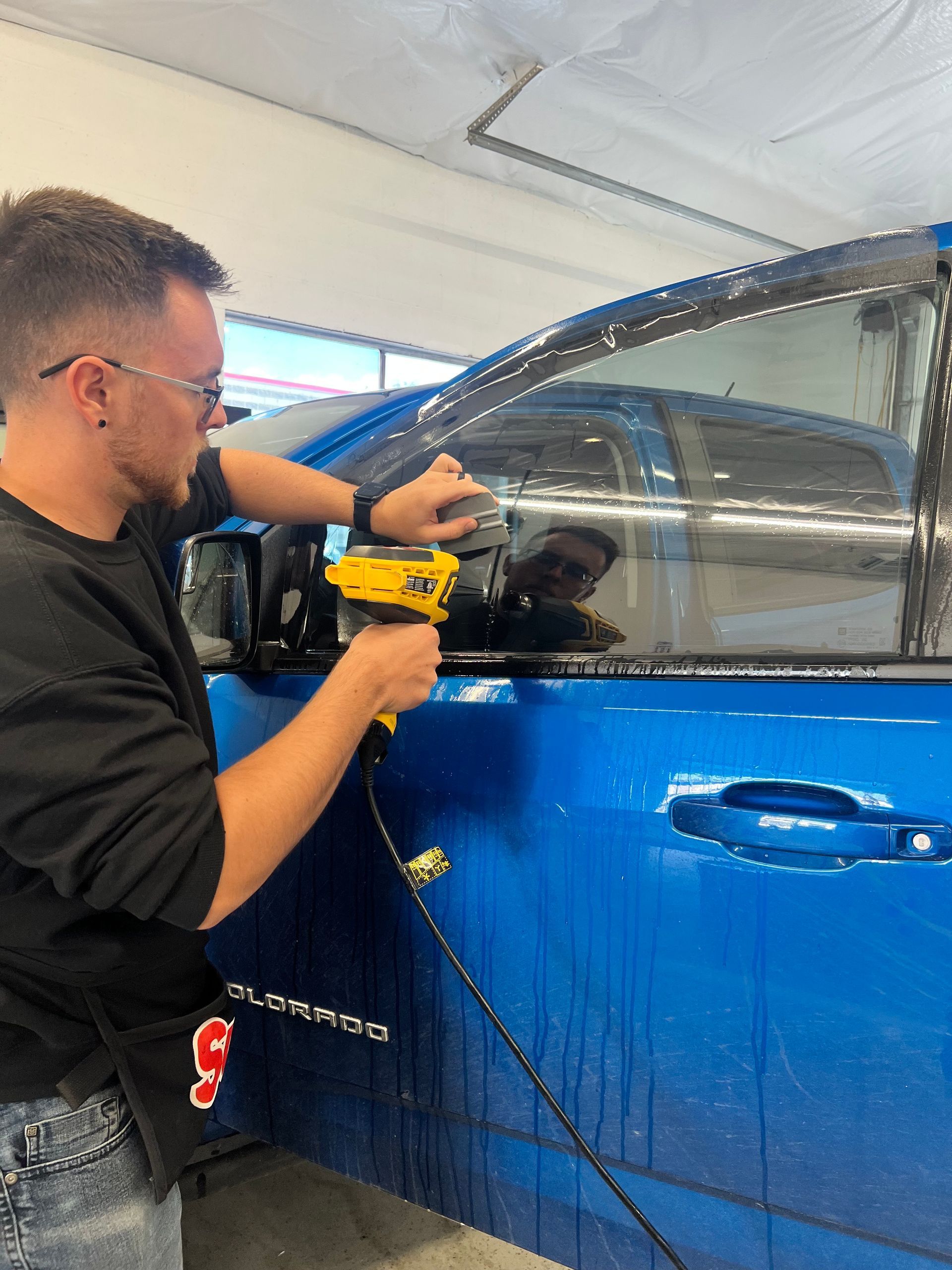Ceramic Coating Excellence in Utah County
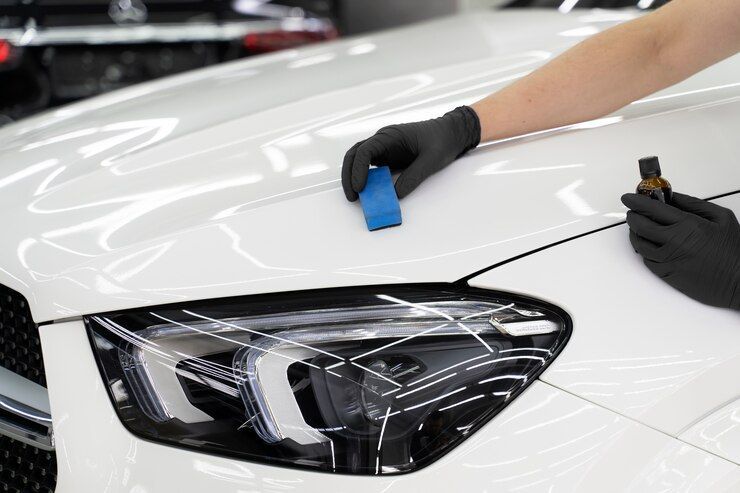
We all have experienced the harsh environmental conditions of Utah, and we know all too well the toll it can take on our car’s appearance.
The relentless sun, severe winter conditions, and abrasive dust seemed to conspire against our car’s paint, which is disheartening.
Fortunately, this technology has come to save our dear cars. Your vehicle is not just treated to a new layer of paint, but armored with a protective shield!
Our hero is called ceramic coating. With it, we can give our autos shining armors, and we no longer have to fret over the weather damage.
Let's delve into why ceramic coating is not merely a luxury in Utah, the Beehive State, but an absolute necessity.
What is Ceramic Coating and What Does it Do?
Ceramic coating represents a cutting-edge chemical polymer solution, meticulously applied by hand to a vehicle's exterior. Its primary role is to shield the paint from various external damages.
Once applied, it seamlessly merges with your car’s paint, establishing an extra layer of defense. This layer is not just protective but also hydrophobic, meaning it repels water, thereby reducing the likelihood of water spots and stains adhering to the vehicle's surface.
Car enthusiasts and professionals alike have recognized its remarkable effectiveness in preserving a vehicle's paint. This protection is crucial, especially considering the diverse and sometimes harsh environmental conditions vehicles are exposed to regularly.
With ceramic coating, vehicle owners can enjoy a longer-lasting shine and
reduced need for follow-up car washes.
“I see. How is ceramic coating different from traditional wax?”
Traditional Wax vs Ceramic Coating
Let’s explore their differences based on these key factors: durability, level of protection, hydrophobic properties and aesthetic impact.
| Factor | Traditional Wax | Ceramic Coating |
|---|---|---|
| Durability | Short-term protection, lasting a few weeks to months. | Long-term durability, can last several years depending on quality and maintenance. |
| Level of Protection | Basic defense against dirt, UV rays, and moisture. | Superior protection against environmental contaminants, chemical stains, and etching. |
| Hydrophobic Properties | Moderate water-repellent qualities. | Highly hydrophobic, excellent in repelling water. |
| Aesthetic Impact | Warm, natural shine enhancing the car's appearance. | Glossy, sleek look making the car's color appear more vibrant. |
| Cost Consideration | Cheaper initial cost. | Higher initial cost, but potentially more cost-efficient over time. |
Traditional wax is also cheaper, however, ceramic coating’s lifespan could be more cost-efficient in the long run. Consider these with your desired level of protection, and whether you are willing to invest in long-term vehicle maintenance.
The Benefits of Getting Your Car Ceramic Coated
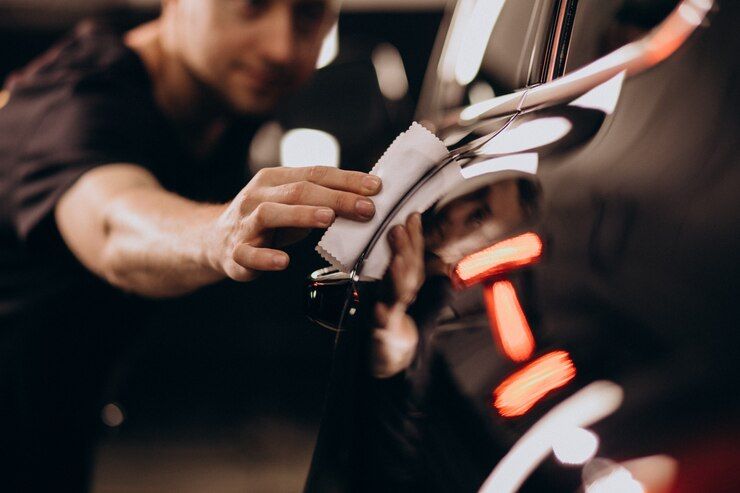
Enhanced Paint Protection
Ceramic coating's primary advantage is its exceptional capacity to safeguard your vehicle’s paint. This advanced layer forms a robust protective barrier, shielding against:
UV Rays: Prevents paint fading and oxidation.
Chemical Stains: Guards against acidic environmental contaminants.
Scratches and Swirl Marks: Maintains the paint surface’s integrity.
Superior Hydrophobic Properties
The hydrophobic nature of ceramic coating is noteworthy. It ensures water beads and rolls off the surface, taking dirt and grime with it. This not only keeps the vehicle cleaner but also simplifies cleaning, making it more efficient.
Longevity and Durability
Ceramic coating surpasses traditional waxes and sealants in longevity, often lasting several years. This endurance offers a cost-effective means of maintaining your vehicle's aesthetic appeal and value over time.
Enhanced Gloss and Shine
The coating significantly boosts your vehicle’s paint gloss and shine. Its reflective qualities enhance the depth and clarity of the car’s color, ensuring a consistent, showroom-like appearance.
Resistance to Chemicals and Contaminants
Ceramic coating serves as a protective shield against various environmental pollutants, including acidic rain, bird droppings, and tree sap, safeguarding the paint surface from potential damage.
Improved Scratch Resistance
While not completely scratch-proof, ceramic coating considerably improves your car’s paint scratch resistance. This added protection is invaluable in maintaining a flawless exterior, especially in environments prone to minor abrasions.
Easy Maintenance and Cleaning
The coating simplifies vehicle upkeep. Its repellent surface reduces dirt and grime adherence, minimizing the need for heavy-duty washing. Regular maintenance is as simple as routine washes, keeping your vehicle in pristine condition with minimal effort.
Ceramic Coating Installation: DIY vs Professional Application
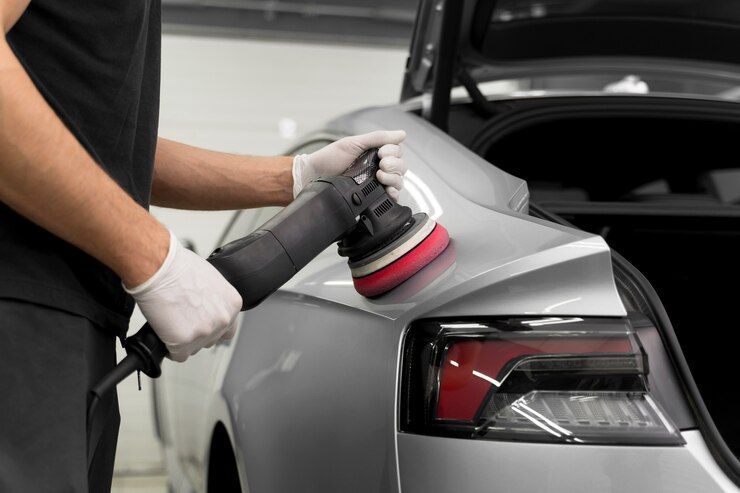
A dilemma often faced by car enthusiasts is whether to embark on a DIY journey or seek professional assistance for ceramic coating application. Let's delve into the nuances of each approach, highlighting their pros and cons to help you make an informed decision.
DIY Ceramic Coating: A Test of Skill and Patience
Embarking on a DIY ceramic coating project isn't just about saving costs; it's a journey into the realms of precision and patience. Here's what to expect:
Cost-Effective: DIY kits are generally more affordable than professional services. They offer a budget-friendly option for those conscious of their spending.
Satisfaction of Personal Achievement: There’s a unique sense of accomplishment in completing the coating process yourself. It’s a testament to your skill and dedication to your vehicle.
Learning Opportunity: This process can be a great learning experience, deepening your understanding of car maintenance and care.
However, DIY applications come with their
challenges:
Time-Consuming: It requires a significant time investment. You'll need to meticulously prepare the surface, apply the coating evenly, and allow ample time for curing.
Risk of Error: Without professional expertise, the risk of uneven application and potential damage to your vehicle's paint is higher.
Limited Longevity and Quality: DIY kits may not offer the same level of quality and longevity as professional-grade coatings.
Professional Ceramic Coating Application: Expertise at Your Service
Opting for a professional service means tapping into expertise and high-quality products. Here's why many choose this route:
Expert Application: Professionals possess the skills and experience to ensure an even and durable coating.
High-Quality Products: Professional detailers often have access to premium coatings that may not be available to the general public.
Longevity: Professionally applied coatings tend to last longer, offering better protection over time.
On the flip side:
Costs a Bit More: Professional services are generally more expensive than DIY due to labor and higher quality product costs.
Finding a Reputable Service: It's essential to choose a reputable professional with good reviews and a proven track record.
Deciding between DIY and professional ceramic coating application depends on your budget, skill level, and the quality of results you’re aiming for. While DIY can be more cost-effective, it requires a significant investment of time and effort, and there’s a risk of subpar results without the proper skills. Professional application, while more costly, ensures a top-quality finish with less hassle for the vehicle owner.
Rev Up Your Ride's Defense: Opt for Ceramic Coating Today!
Why Wait? Shield Your Car with Ceramic Coating Now!
Transform your vehicle's look and longevity with ceramic coating. It's more than just a cosmetic upgrade; it's a smart investment in your car's future, ensuring durability and enduring shine.
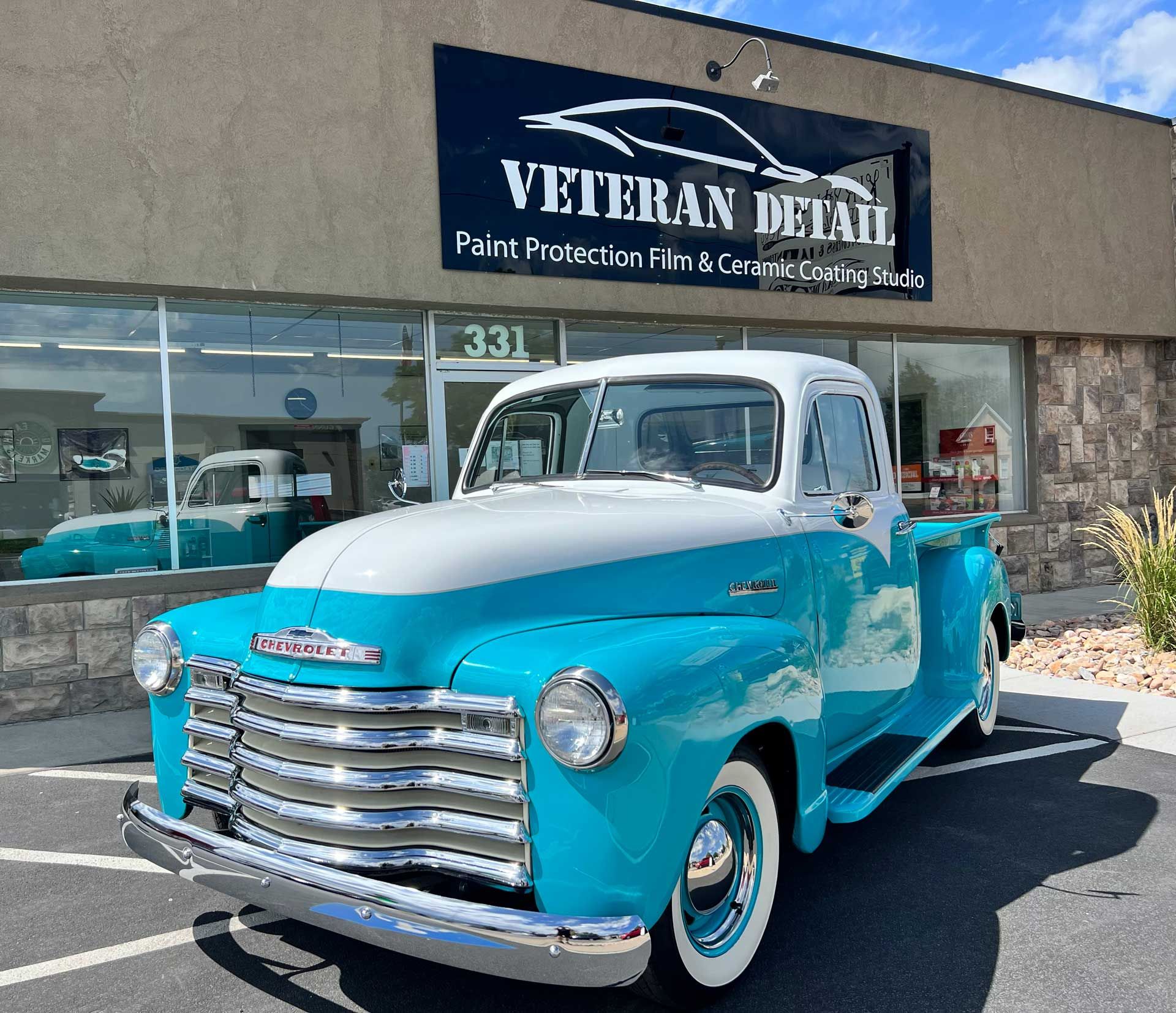
Choosing a Top-Notch Ceramic Coating Expert in Utah County
Seeking the best in ceramic coating? Focus on these essentials:
Experience Counts: Prioritize providers with a solid history of diverse ceramic coating applications.
Customer Insights Matter:
Dive into reviews and testimonials. A stellar reputation is a hallmark of quality service.
Variety is Key: Look for a provider offering a broad spectrum of ceramic coating options, tailoring to different protection needs and finishes.
Balancing Cost and Quality: Don't let price be the sole decider. Remember, top-notch quality justifies the expense, safeguarding against substandard outcomes.
Explore Expert Car Detailing Services in Utah County
Discover our array of services, including
premier detailing,
ceramic coating,
PPF, and more, at
Veteran Detail in Utah County. Our skilled team is committed to elevating your vehicle's aesthetics and protection. Whether aiming to safeguard your investment or refresh your car's appearance, our ceramic coating solutions offer robust defense against UV rays, dirt, and environmental impacts. Don't delay, visit our website to explore our offerings and book your appointment. Elevate your car's care with our expertise!
Frequently Asked Questions
-
What is ceramic coating?
Ceramic coating is a liquid polymer that is applied to the exterior of a vehicle to provide long-lasting protection and enhance its appearance.
-
How long does ceramic coating last?
The durability of ceramic coating can vary depending on the quality of the product and how well it is maintained. Generally, it can last anywhere from 1 to 5 years.
-
Can I apply ceramic coating myself?
Yes, ceramic coating can be applied by yourself if you have the necessary tools and follow the proper application process. However, professional application is recommended for optimal results.
-
Does ceramic coating protect against scratches?
Ceramic coating can provide a certain level of scratch resistance, but it is not completely scratch-proof. It can help minimize the appearance of light scratches and swirl marks.
-
Is ceramic coating worth the investment?
Ceramic coating is considered a worthwhile investment for many car owners due to its long-lasting protection, enhanced appearance, and ease of maintenance. However, the cost and individual preferences should be taken into consideration.
-
How do I maintain a ceramic coated vehicle?
To maintain a ceramic coated vehicle, regular washing with pH-neutral car shampoo and using a microfiber cloth or mitt is recommended. Avoid harsh chemicals and abrasive materials that can damage the coating.

WHAT OUR CUSTOMERS HAVE TO SAY.
At
Veteran Detail we pride ourselves on providing outstanding Customer Service, and our ability to put right every little detail.
IS YOUR VEHICLE IN NEED OF SOME ATTENTION?
Book your next Detailing Requirements with
Veteran Detail. We are sure you will not be disappointed.
We have Packages to suit all your requirements Large or Small.
CALL 801–854–8575 TODAY
Contact Us
We will get back to you as soon as possible
Please try again later

331 W Main Street,
American Fork,
Utah
TEL:
801 – 854 – 8575
FAX: 801 – 756 – 6805
Timings
Detail/Shop Hours
- Mon - Fri
- -
- Saturday
- -
- Sunday
- Closed
Quick Menu

